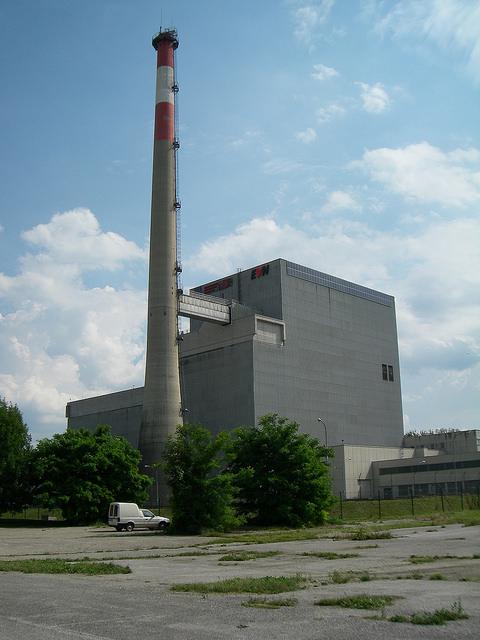The nuclear power plant at Zwentendorf an der Donau, Austria, is once again the talk of the town this time for a good reason—taking advantage of another form of nuclear power located approximately 149.6 million kilometres away; the sun.
Just six years after its completion, the nuclear facility which had commenced in April 1972 was prematurely closed after a referendum that saw 50.5% Austrians vote in favor of a ban on the country’s nuclear power facilities.
At the time, the nuclear power station, which cost tax payers about a billion euros to construct was the country’s first and the only nuclear power plant.
Since its halt, the facility has been used as Germany’s nuclear reactors’ spare parts, but things are changing and it’s now being converted into a useful resource to generate clean, renewable energy using solar power.
A total of 1,000 solar systems have already been installed on the frontage, rooftop as well as the rest of the area. The solar modules produce DC current which is then changed into alternating current through 43 Fronius IG Plus solar inverters. The AC power is then exported into the main grid.
“The Zwentendorf nuclear power plant is symbolically significant for us,” says Martin Hackl, head of the Solar Energy Division at Fronius International GmbH.
“Even though the power station was never put into operation, energy is finally now being produced there. We can claim wholly without exaggeration that this is the safest nuclear power station in the world.”
According to Fronius, the Zwentendorf project is a clear reflection of the company’s commitment to its vision of “24 hours of sun”; with all global energy needs being met by renewable sources.
As a Austrian-based company, Fronius has been designing and developing electrical components for over 70 years, and ventured into solar energy electronics in 1995. As a premier company, Fronius has received numerous accolades for its outstanding performance including the Smart Grids Pioneer 2014 for its innovative morePV2grid project; which aimed at enhancing the integration of photovoltaics into the main grid.
The German designed and produced Fronius inverters have over time become a popular choice in the Australian commercial and residential solar PV systems market.
Recently, the company diversified its solutions to include energy storage namely the Fronius Solar Battery and Energy Package. The company’s Energy Package consists of a three-phase Fronius Symo Hybrid inverter, the Fronius Smart Meter and the Fronius Solar Battery.
Image via Luc.T



